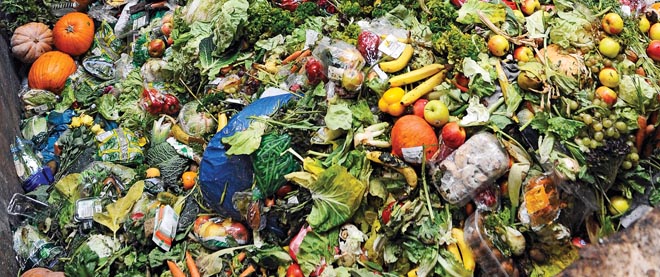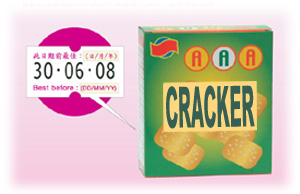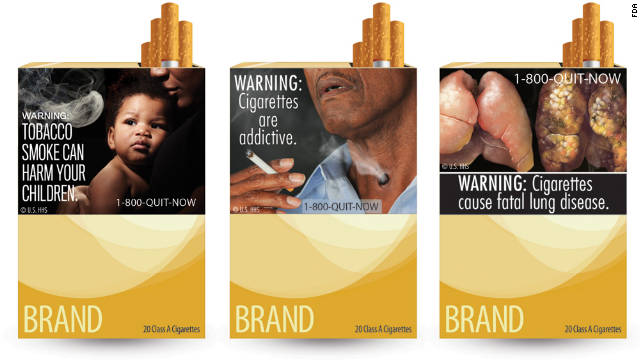In providing different models for various geodemographic and psychographic market segments to satisfy the needs/wants of custmers in those segments, Toyota tailors its advertising efforts towards alligning with the local cultures to ensure customers feel familiar with its brand and hence establishes different stories through its localized commercials which differ in languages, cultural assumptions and lifestyles.
The commercial for Toyota Auris, a compact 3/5 doors hatchback (available in European market but not North America) has a European feel with its focus on a man in a crowd defying an authoritiative figure for a new exiciting Auris.

Similarly, Toyota GT 86’s commercial is about a man trapped inside a CGI (Computer Generated Imagery) city discovering a Toyota GT86 from the real world, feeling alive for the first time and deciding to make his escape.

While the first two commercials probably target younger European generations, its commercial for Verso, a compact MPV (MultiPurpose Vehicle) in German language for the German family market, depicts father as a hero.

As for its United States consumers, Corolla 2014 commercial attempts to have a hip and cool image for different American generations.

With trucks gaining more popularity in America, Toyota Tacoma model commercial highlights Tacoma’s features in interesting way for young adults segment . For instance, a girlfriend’s tear drops falling in the car seem nothing against its water-resistant seats and all-weather flooring.

Likewise, Toyota Tundra commercial targets certain baseball-loving American demographics.

Meanwhile, Toyota Corolla and Camry commericals, mainly targeting Korean but most likely also Asian urban populations, have different advertising approaches. While the former is in a music video style featuring Hyuna from 4minute, a popular korean-pop girl group, the latter is in a drama style featuring Lee Min Ho, a famous korean actor.


 Follow
Follow





